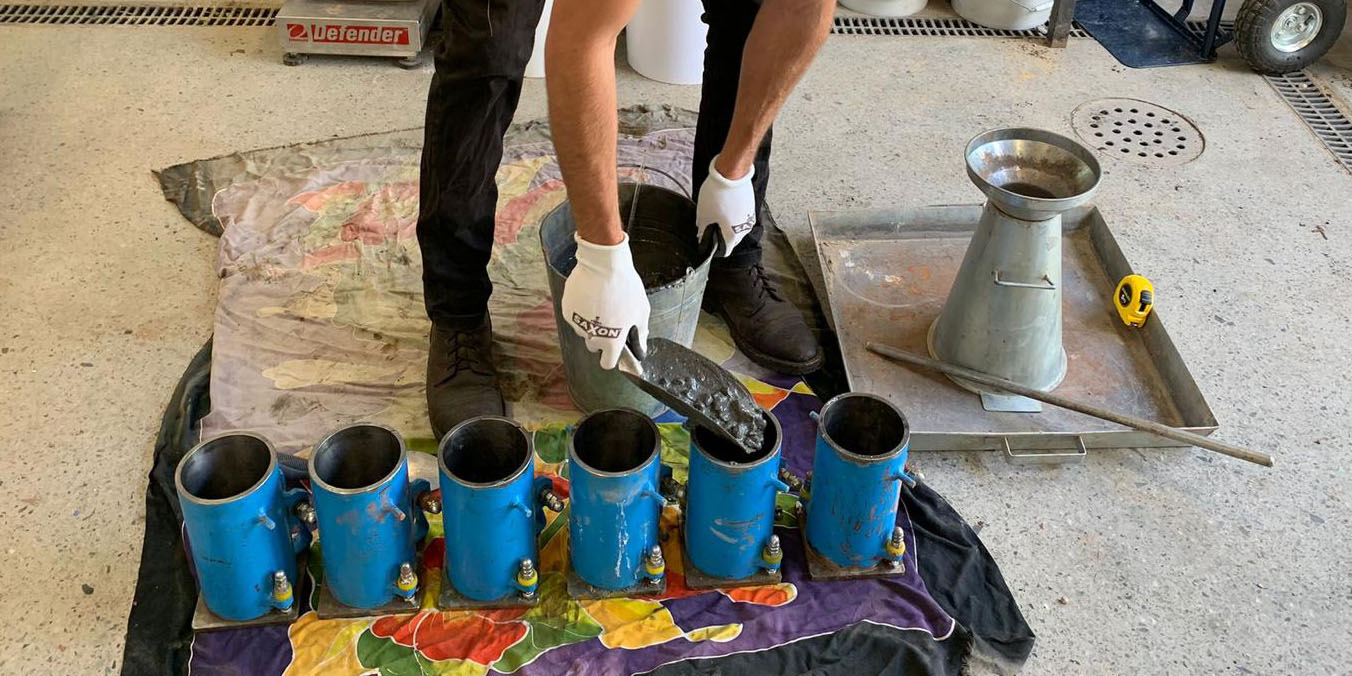
Application of Concrete Standards and Specifications
Geopolymer concretes such as that being developed by the Colliecrete Project are innovative products, not yet definitively covered by Standards or published Concrete Specifications, nor yet commonly used or accepted commercially.
As no Australian Standard for geopolymer concrete currently exists, the accepted way of comparing geopolymer concrete against existing concrete specifications is to consider it as Special Class Concrete.


In the specification of geopolymer concrete, the main aspects that need to be considered include:
- the formulation, particularly the binder phase and the aggregate phases;
- performance of the concrete in various tests; and
- workmanship components.
It should be noted that Colliecrete products may involve the simultaneous mixing of all ingredients into a concrete batch without adding a separate cement phase to the aggregates and water in the way that normal OPC concrete is usually produced.
Geopolymer concretes are designed and manufactured to physically perform just like conventional OPC concrete. Both the liquid mixtures and the hardened concretes look and perform physically in a similar manner, although in general, the chemical resistance of geopolymer concretes is far superior.
Standard tests for the mechanical properties of OPC concrete including slump, setting and curing, weight per unit volume, compressive strength, flexural and tensile strength, drying shrinkage, and creep, have been shown to be appropriate for geopolymer concrete as well.
Taking into account all of the Australian standards, concrete industry guidelines, and relevant authority viewpoints, it is Colliecrete’s strong view that it is fully appropriate to consider geopolymer concretes produced in Western Australia containing zero Portland cement, such as those developed by Colliecrete, to be covered by AS1379:2007 as Special Class Concretes.
The standard parameters for assessing concretes will be used for testing, assessing and documenting Colliecrete geopolymer concretes according to the Australian Standards AS1012 series, as well as the other Australian Standards and Industry Guidelines as appropriate.



